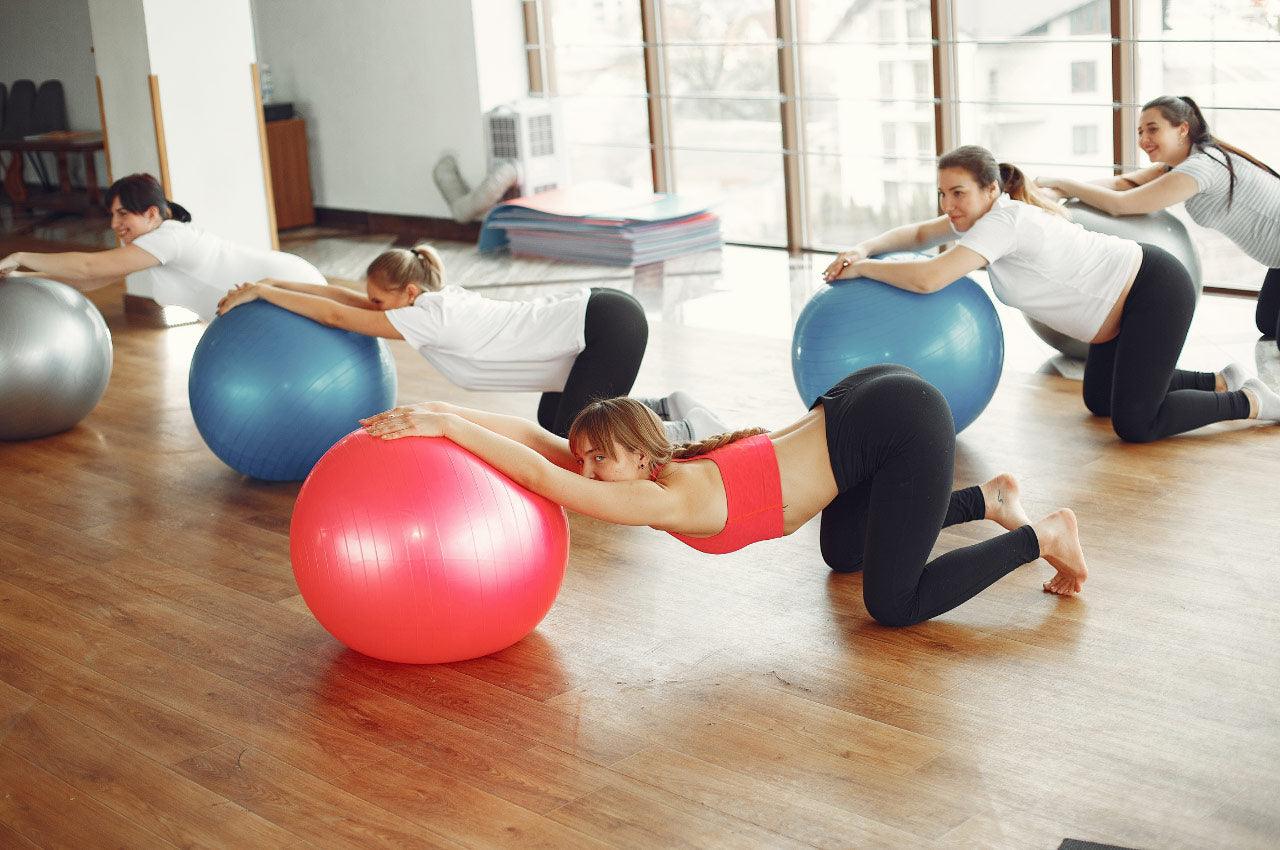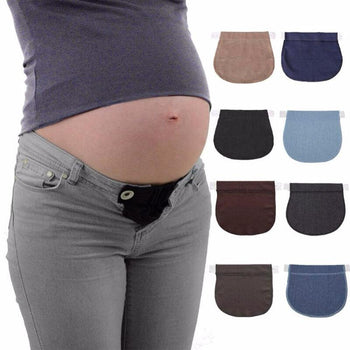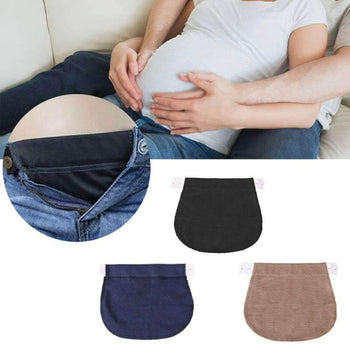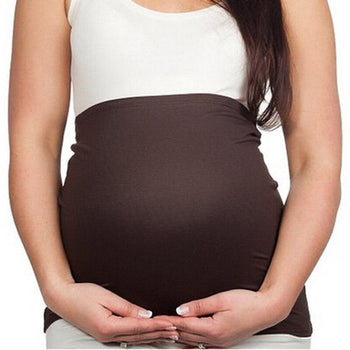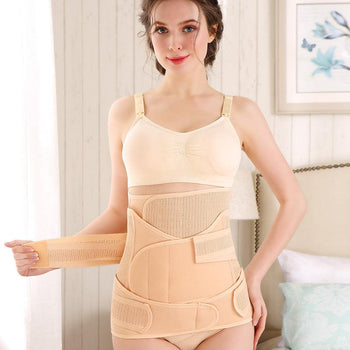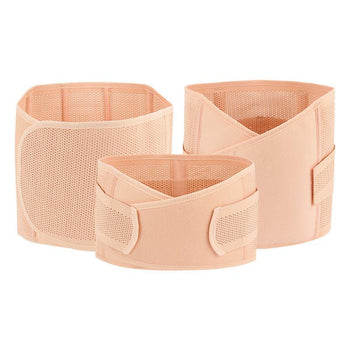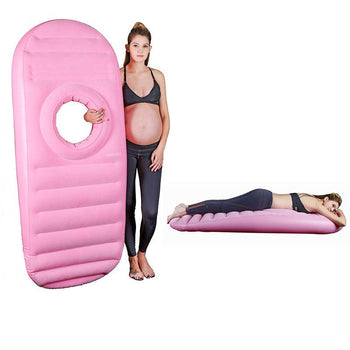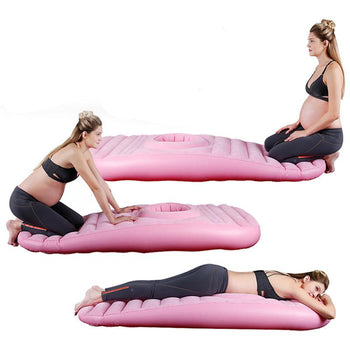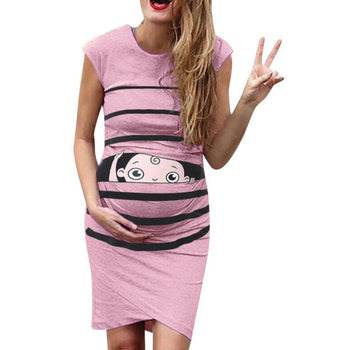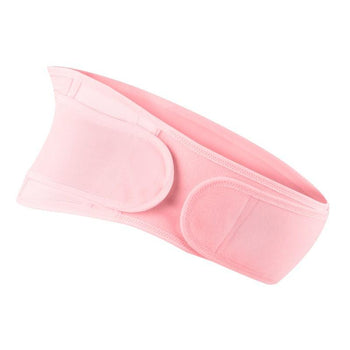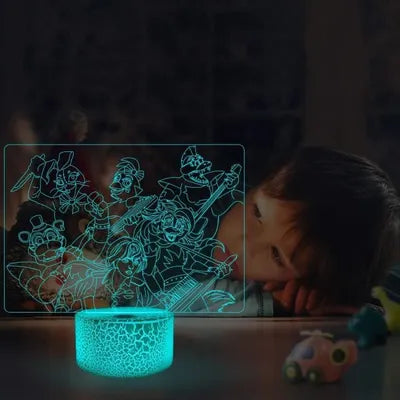Did you know that one in three women will experience pelvic pain at some point in their life? This type of pain can be caused by various factors, such as childbirth , menopause , or sitting all day.
Fortunately, there is a type of physical therapy that has been specifically developed to help women who suffer from chronic pelvic and perineal pain . This therapy is called perineal rehabilitation , and it was created by Dr. Sheila Bair.
Perineal rehabilitation aims to strengthen the muscles around the pelvis and perineum, which can help relieve pelvic and perineal pain. If you suffer from chronic pelvic or perineal pain, or if you are recovering from surgery, it is recommended that you follow a perineal rehabilitation program . In this article you will find out how perineal rehabilitation works, who it is for and you will also see what types of exercises are used in its practice.
What is pelvic floor rehabilitation?
Perineal rehabilitation was developed by Dr. Sheila Bair, a physical therapist specializing in female pelvic health. It aims to help people with chronic pelvic and perineal pain by strengthening the muscles around the pelvis and anus.
The idea of using physical therapy to help people with chronic pelvic or perineal pain is not new, but it has only recently gained popularity due to Dr. Bair's continued work in this area. She has written several books and developed a rehabilitation program that has helped many women with pelvic and perineal pain.
If you are a woman who has recently given birth, you know that the perineum is an important muscle group that needs to be retrained. The perineum plays an essential role in urinary and anal continence , but also for sexual pleasure. Its resistance is put to the test during pregnancy and childbirth because the tissues that compose it can distend, creating problems of incontinence, descent of organs or prolapse in the most serious cases. This is why his rehabilitation is very important .
Indeed, the perineum softens with a large baby at birth or a significant weight gain of the mother throughout her pregnancy. As this muscle distension occurs naturally over time, problems can arise years after birth.
Who is perineal rehabilitation for?
If you have incontinence problems, perineal rehabilitation may be necessary. This type of rehabilitation is particularly important for women who have recently given birth , since the muscles and sphincters are still weak and more difficult to control.
Laughing, straining, or even coughing can lead to loss of urine. It is therefore important to start practicing postpartum rehabilitation as soon as you are able.
Where can perineal rehabilitation be done?
The perineum has received a lot of attention in recent years. Doctors and scientists are increasingly aware of its importance, not only for childbirth but also for our health and well-being.
It is now believed that the information we receive about this part of the body has a direct impact on how we feel as women. For example, if this part of the body is never addressed during pregnancy or childbirth, there will be no possibility of overcoming the anxieties or worries that such an intimate process may cause.
Who to ask for perineal rehabilitation sessions?
Most gynecologists prescribe perineal rehabilitation sessions after childbirth. They are practiced by midwives, general practitioners and physiotherapists , they are painless exercises that you can perform in complete safety. The sessions will be coupled with exercises to do at home on a daily basis.
It would also be useful for more health professionals to be trained in perineal rehabilitation. We often forget that women feel vulnerable after childbirth and it can be hard to ask for help.
How long does perineal rehabilitation take?
Not all women need the same amount of time, and it differs from case to case. As a general rule, it takes about fifteen sessions for the perineum to be perfectly rehabilitated. Perineal rehabilitation does not have many side effects, but you should know that its effects vary from one woman to another.
Many women also choose to do the perineal rehabilitation without help , especially if they have not experienced side effects such as pain or postural problems. That's why it's important to talk about it with friends and family members who might be able to help you.
Some women have not received the right advice on the subject and therefore do not know what to do if their health or well-being is affected by postnatal problems.
We are talking about problems such as perineal pain, urinary incontinence, intestinal transit and sexual relations. These are the main sources of concern for new mothers, but it can also mean that something is not working properly in the perineum. Regular assistance is then necessary to ensure good recovery.
Some examples of exercises for the rehabilitation of your perineum
We offer you some exercises to practice at home to relieve your perineum.
- Get on your knees and lean forward, resting your forearms on the floor and placing your head between your hands. Hold this pose for a few minutes, then release.
- Another exercise you can do is to lie on your back, place a pillow under your knees, and contract your pelvic muscles for 10 seconds and then release. Do it 10 times in a row. To contract your pelvic muscles, you simply have to pretend that you want to stop peeing when you're on the toilet. The muscles you contract are the pelvic muscles.
- Another exercise to do is to lie on your back with a cushion under your head, put your feet on a chair and put another cushion under your buttocks to lift your pelvis. Hold this position for a few minutes, then release.
Repeat these exercises 2-3 times a day.
Complementary to exercises: electrostimulation.
Perineal electrostimulation is a type of rehabilitation that involves inserting a probe into the vagina. This probe emits regular electrostimulations which allow the perineum to contract , and therefore to remuscle. This probe is prescribed by the doctor and completes the rehabilitation sessions . This practice is increasingly common in France.
There are different probes adapted to the morphology of each person. Some wireless probes also allow rehabilitation at home. Many women find perineal electrical stimulation an easy and convenient way to stay in top shape, even while recovering from childbirth.
There are many types of probes out there, so it's important to do some research before deciding which one to try. This will depend on the person's preferences, budget and home use possibilities.
Perineal rehabilitation, a valuable aid to the healing process
Childbirth is a beautiful and memorable event, but it can also be physically taxing. For many women, the weeks and months after giving birth can be difficult as they struggle to regain their pre-pregnancy strength. Pelvic floor training can help speed up the healing process .
After seeing the different types of perineal rehabilitation available, it's obvious that there are many ways for a woman to get the help she needs.
Whether you choose to do exercises at home or try electrostimulation, there is surely a method that will meet your needs. It is important to remember that every woman recovers differently and what works for one may not work for another. So be patient and don't be afraid to ask for help if you need it.
I hope you have enjoyed this article and have enlightened you on the subject. Feel free to share your experiences with us in the comments.
"Reader's special" offer
Get 30% off the entire collection
>>> Sleep <<<
Take advantage of this special offer with the code
DODO30
Do you want your baby to sleep through the night?
In this free guide , you'll discover 5 things you absolutely need to know.
With a unique approach and practical tools for success, this guide will help you and your baby sleep better through the night.


